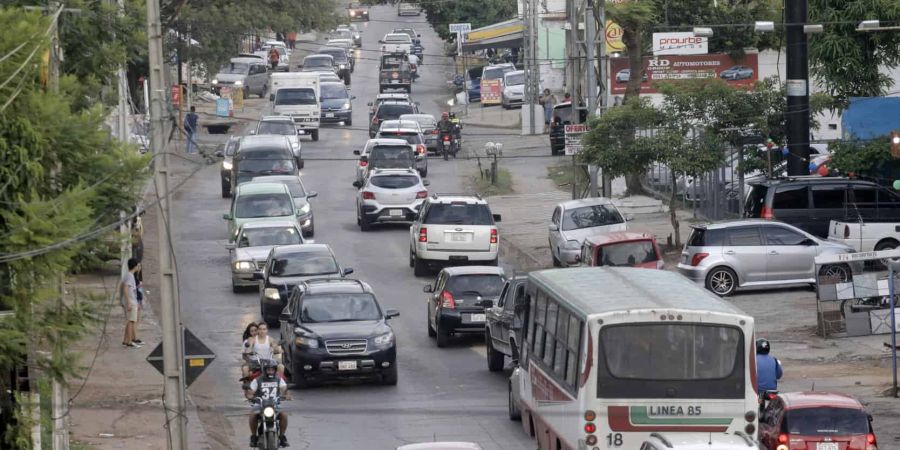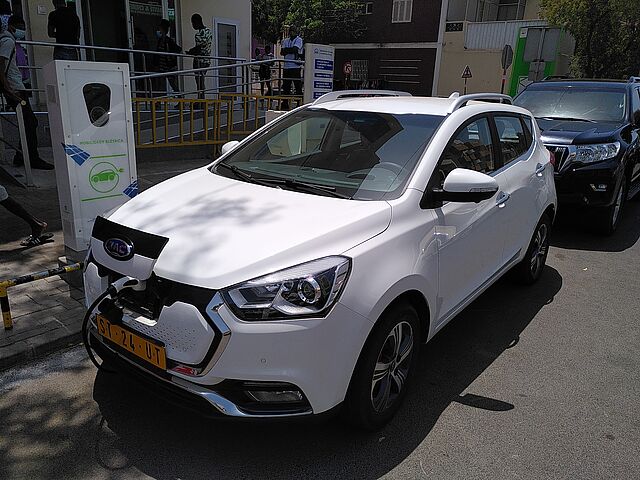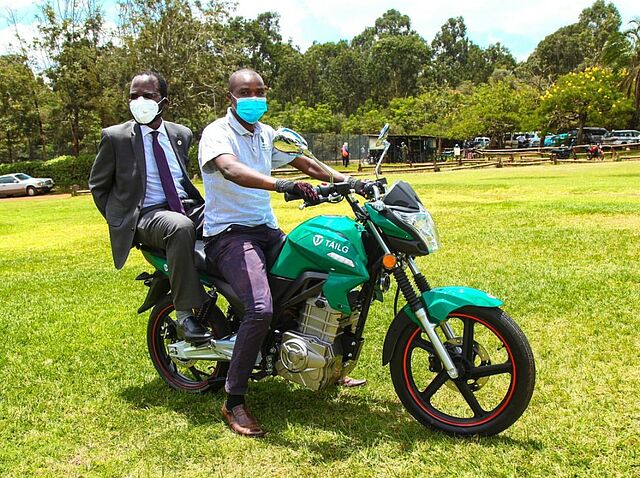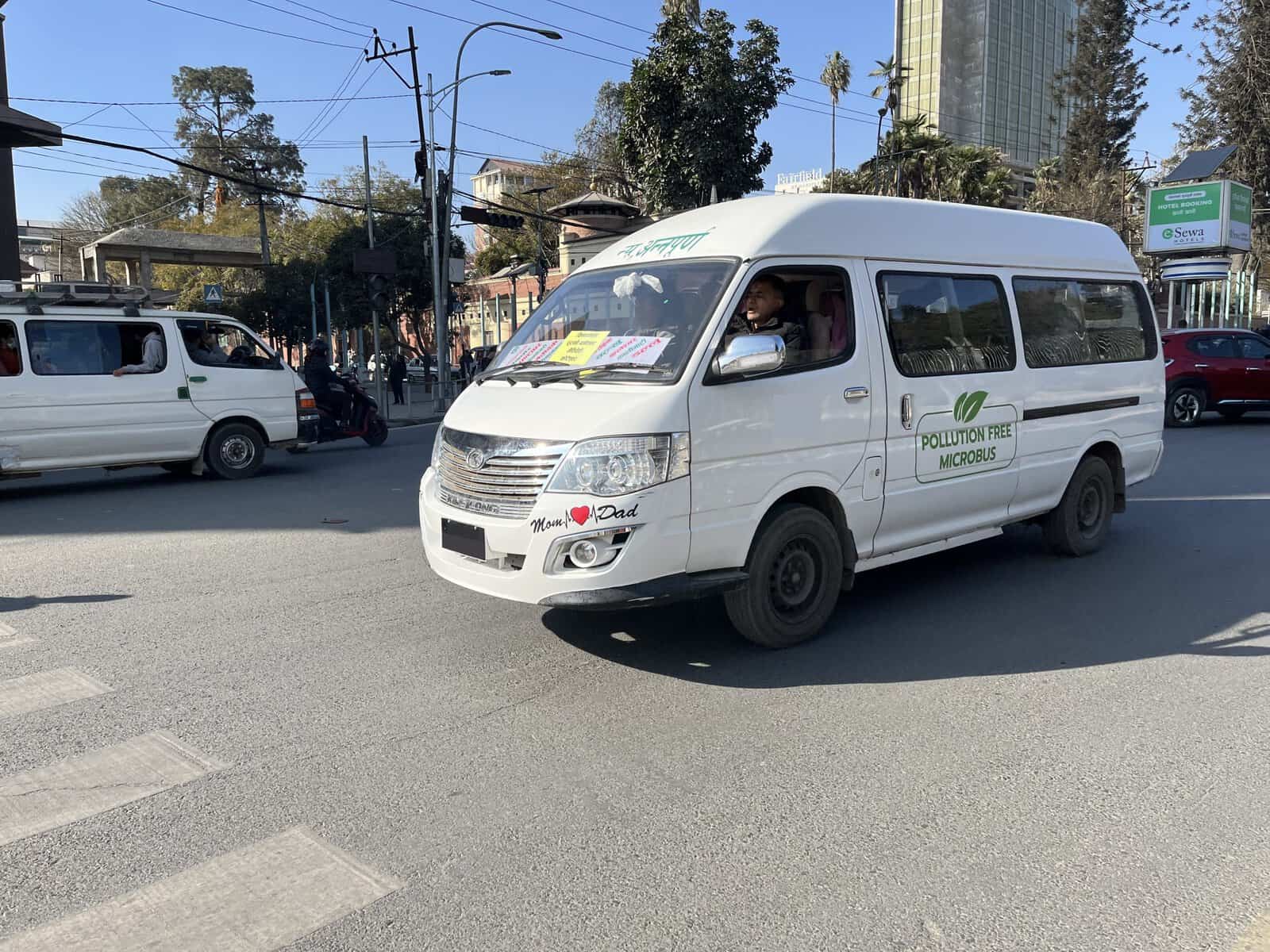
Background: Hydro-based electricity is Paraguay’s main export (approximately 40,000 GWh/year) yet it remains underutilised because it does not displace the dependence on fossil fuels or biomass. Moreover, the average industrial electricity rate in Paraguay is EUR 38/MWh while regional prices are EUR 96/MWh, giving an competitive advantage to electric mobility. Paraguay has developed a strategy for decarbonising the energy sector by 2050 that promotes the electrification of transport as a necessary condition. Paraguay’s updated Nationally Determined Contribution (NDC) states that electro mobility can have a quick and direct impact in reducing 90% of greenhouse gas (GHG) emissions from the energy sector at a reasonable price.
Electric buses provide a catalytic avenue to decarbonise Paraguay’s energy sector. The public transport system of the Asunción Metropolitan Area (AMA) is the largest urban bus system in Paraguay serving more than 3.5 million inhabitants (about 56% of the urbanized population of the country), over 11 cities. In the AMA, 37% of all CO2-eq emissions come from the transport sector (transport sector emissions are approximately 3.2 MtCO2-eq per year). The lack of adoption and acceptance of electric buses in the AMA is due mainly to economic and financial barriers, the legal framework that governs the public transport system and the cultural resistance towards adopting a new technology.
Approach to Transformational Change: The project “”Zero Emission Public Transport in the AMA” aims to support the introduction of at least 1,000 electric buses (over 10 years) powered by renewable energy, while eliminating economical, legal, and financial barriers for the adoption of electric vehicles and thus creating a competitive market for private and public owned electric vehicles. The project will support first movers (first 300 e-buses) with a monetary incentive as part of a cash-for-clunker program, where an internal combustion engine bus will be scrapped in exchange for the subsidy. In addition, to minimize the risk, a loan guarantee will be provided to the Financial Development Agency (AFD) over 10 years, which will be complemented by national guarantees/sovereign loans in order to help leverage a credit line of about EUR 156m to develop an electric bus rotating fund. Further, regulatory measures envisioned include the elimination of the value added tax (VAT) for all electrical units, making the incorporation of electric buses mandatory, developing more stringent regulations on internal combustion engine pushing minimum standards from EURO III to EURO V, and limiting the maximum age of ICE buses running in the system.
The communication and capacity development program will constitute a major avenue to catalyse change and replicate results. The program communication and capacity development program will aim to educate the private and public sectors on the co-benefits of electric mobility through workshops, seminars and technical reports. Furthermore, the project plans to develop a platform through which the Monitoring, Reporting and Verification (MRV) data will be available.
Mitigation potential: As a direct effect of the intervention, the project aims to support introduction of at least 500 e-buses in the AMA within the project’s implementation period and additional 500 in the following five years. As a result, it is expected that the project will directly mitigate a total of 1,296 tons CO2e over the lifetime of the vehicles.





